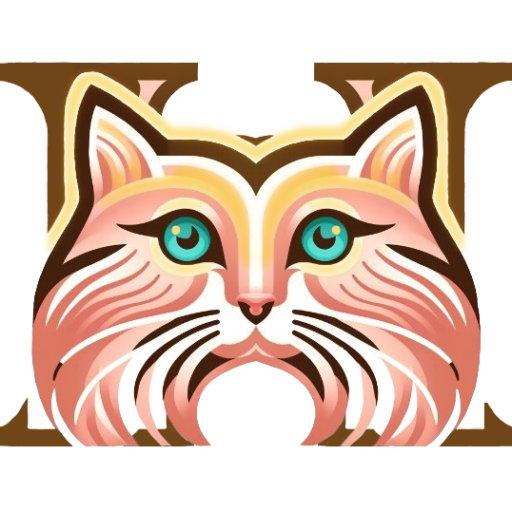Important note! You’ll want to keep in mind that there are a lot of concepts here. They are mostly just that: Concepts. I’m an idea person not necessarily an implementer. Introduction of ConceptAs Yuri, I’ve embarked on creating H-CAT—Holistic Character Assessment Toolkit—to fundamentally transform the way characters are developed, stories are told, and worlds are […]
Shaw Menthril a supporting character.
For H-CAT, I see the Enneagram as five core elements: motivations, fears, desires, strengths, and weaknesses. To me, the specific types are secondary. It’s more about organizing the dominance of various general “motivations, etc.” and tailoring each to the character. I use these as flexible guidelines, not strict rules. They are meant to be broken […]
This form serves as a detailed guide for developing character communication styles, focusing on ten key aspects such as vocabulary, emotional expression, and adaptability. Each section prompts considerations on how a character’s communication style reflects their background, emotions, and social interactions, aiding writers in crafting nuanced and consistent character portrayals. 1. Vocabulary Typical Phrases or […]
Exploring H-CAT: A Unified Vision for Community-Driven Innovation and Governance Before delving into the specifics of H-CAT, it’s essential to grasp the foundational vision of this initiative. It’s a platform embodying the ethos of community-driven, funded, and owned innovation. H-CAT aims to merge the decentralized, participatory governance of DAOs with the collaborative essence of open-source […]
What have you been working on? I’ve been working on creating a Holistic Character Assessment Toolkit that will be used for various character development and storytelling media. From books to comics to tabletop games. I’m looking to revolutionize the use and process of storytelling, and ethical and responsible use of various topics over the internet […]
